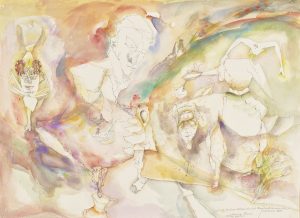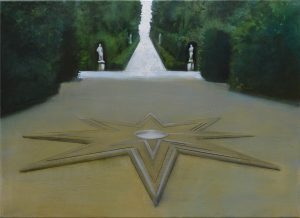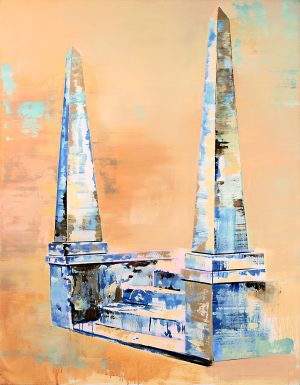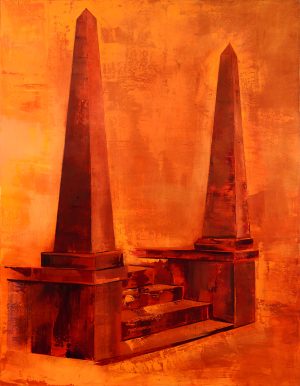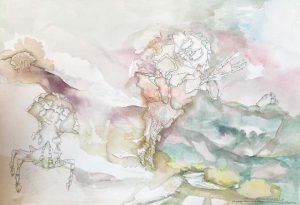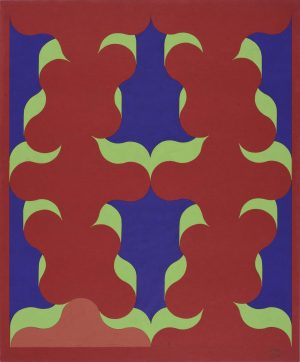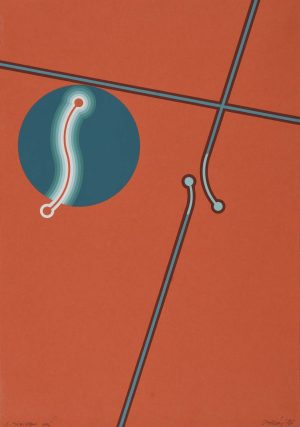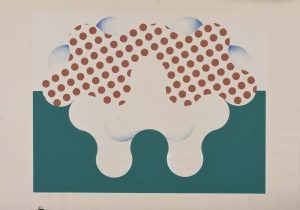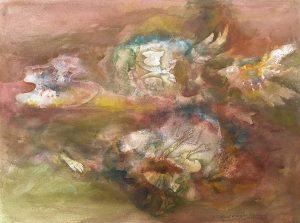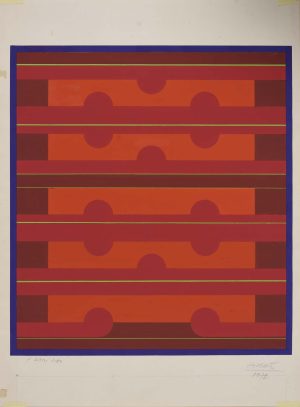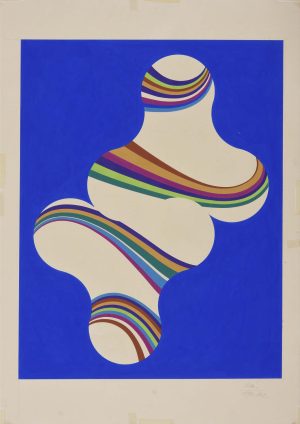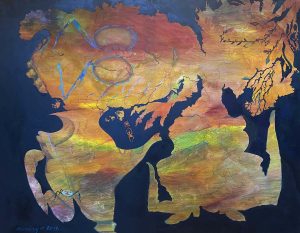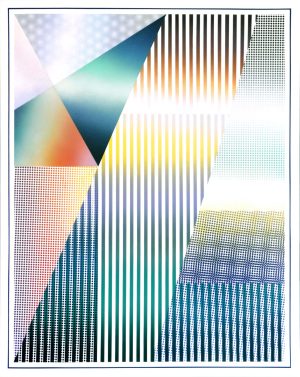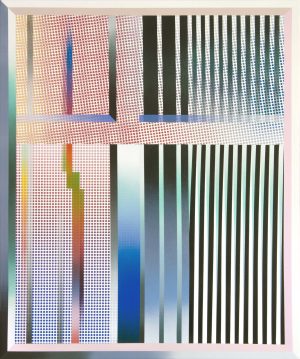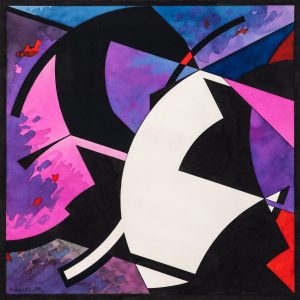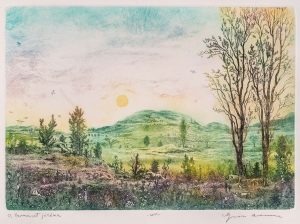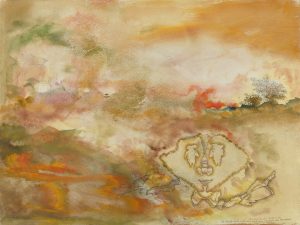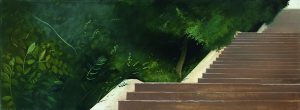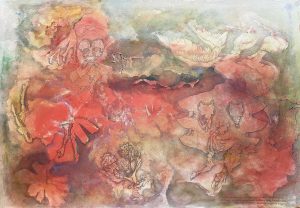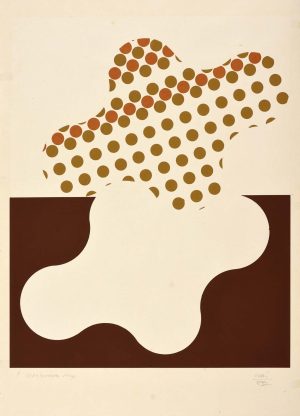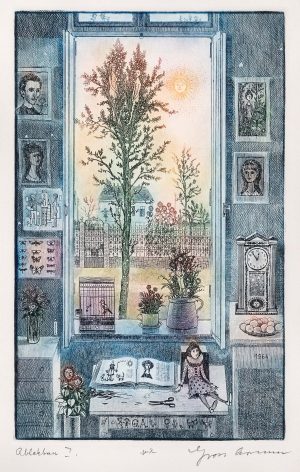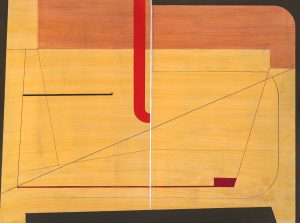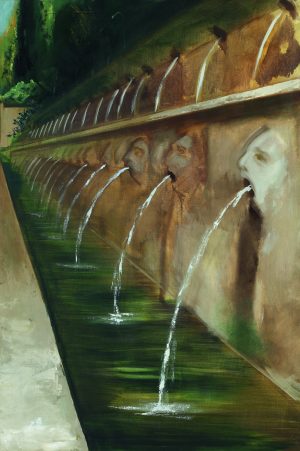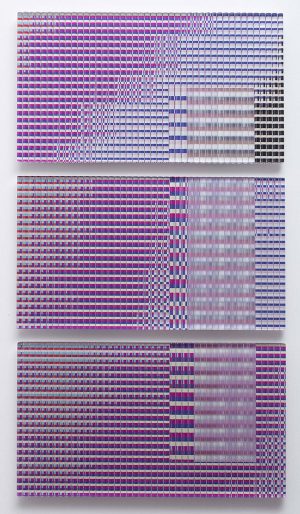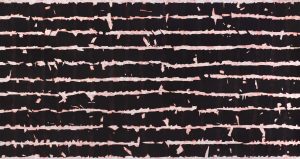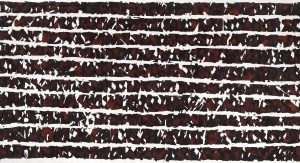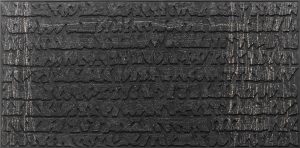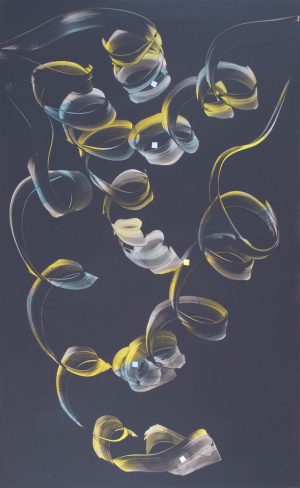
István NÁDLER
The Baroque Tempter
- Year(s)
- 2013
- Technique
- acrylic on canvas
- Size
- 180x110 cm
Artist's introduction
István Nádler was born in 1938 in Visegrád. Between 1958 and 1963 he studied at the College of Fine Arts in Budapest, where his master was Gyula Hincz. He became a member of the Zugló Circle, where he was exploring the newest international tendencies with his progressive contemporaries, in Sándor Molnár’s flat. In 1968 and 1969 he participated in the Iparterv exhibitions. At the end of the 1960s, Nádler’s attention shifted to hard-edge and minimal art. However, in contrast to Imre Bak, his structural, geometric painting was based only for a short time on the schematic systems of various archaic cultures and folk motifs. His works of a solid foundation of homogeneous colour-fields, dynamic visual structures and “impersonal” structures created in the 1970s can be characterised by strident colour-connections. His pictures presented systems where each element had its specific movement abilities, movement characteristics. In the 1980s, he unexpectedly returned to his gestural painting of the 1960s. Spontaneous visual improvisation, randomness and momentariness describe his paintings as their main characteristic features. For him, the artwork became a radiant energy centre, which does not document a pre-planned theoretical-logical process but rather conveys a state of being. Gábor Kaszás
More artworks in the artist's collection »

